Few have left a bigger influence on the disipline of architecture than Filippo Brunelleschi, with his work on the Florence Cathedral Dome being considered one of the true gems of the Italian Renaissance
The Renaissance was full to the brim of multi-talented artists who impressed in a variety of artistic expression across their diverse careers and Filippo Brunelleschi was no different in that respect. Were it not for a failed competition entry to produce the north doors for the Florence Baptistery, he may well have specialised in sculpture instead.
It was around that time, and perhaps due to that very event, that Filippo Brunelleschi would set about constructing a career that would develop skills in mathematics, science, drawing, invention and engineering which would all benefit his ultimate passion - architecture. Several high profile commissions in his native Florence would build a reputation of technical brilliance and that of an artist who combined the old and the new together seamlessly.
Filippo Brunelleschi had initially chosen a style more closely linked to that of the Late Gothic movement for his sculpture work before switching over to classicism when settling upon architecture as his main specialisation. An extended trip to Rome is believed to have been the catalyst for this decision, a journey that he made with close friend and fellow artist, Donatello.
One of the architect's best attributes was his ability to problem solve - a very necessary skill during this time of discovery within the arts across Italy, and later the rest of Europe. His famous dome for the Florence Cathedral was one such example as no-one had previously considered how it might be added to the initial building work, which itself was completed a century earlier. Brunelleschi was victorious against Lorenzo Ghiberti for this commission, but lost out for the Florence Baptistery North Doors. Whilst Ghiberti's achievements were astounding, there can be no doubt that Filippo Brunelleschi's project held far more technical and political challenges.
This architect was to become much more involved in local politics and civil functions that his colleagues of Donatello and Ghiberti. This had the positive effect of enabling him to influence decision making on his projects at a higher level but also meant he would be far more accountable for the projects that he and his team of assistants delivered. He would regularly need to justify elements of them in front of open assemblies. This is not a task most artists would be willing to undertake but Filippo Brunelleschi was not "most artists".
The Renaissance appears to have been a time of far greater patience within the design process, both from the artists themselves but also the donors. Both of Ghiberti's twin doors took over two decades each, whilst Brunelleschi was tested by a series of modifications and delay to many of his building designs, most of which he took graciously and as accepted as just part of the process of producing work for public institutions. Those same organisations had, after all, lifted his reputation to an enviable height.
In terms of more recent architects, you may also be interested in Catalan Antoni Gaudi who gifted us the likes of La Sagrada Familia/.



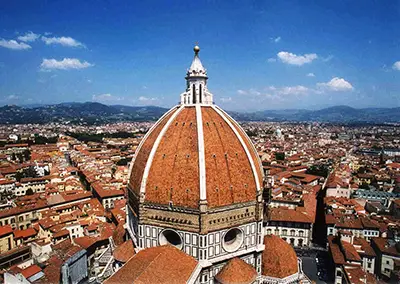
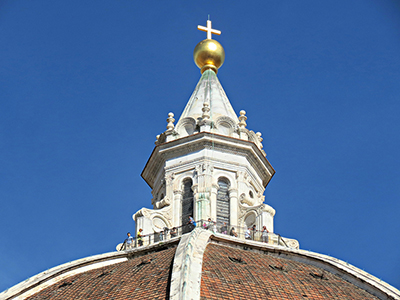
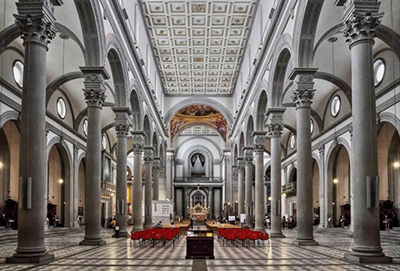
 Filippo Brunelleschi.jpg)
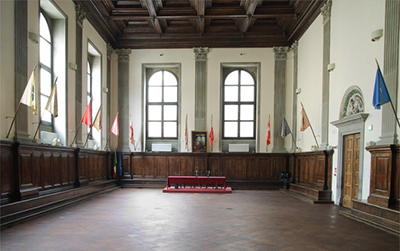
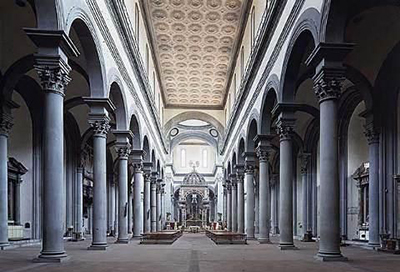
 Filippo Brunelleschi.jpg)
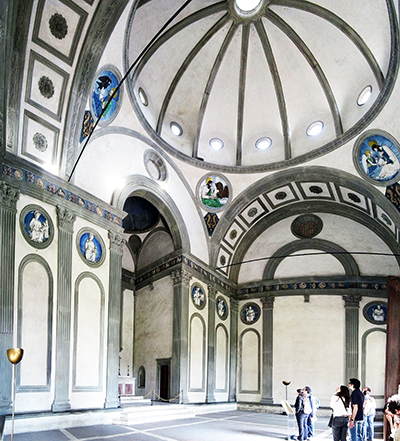
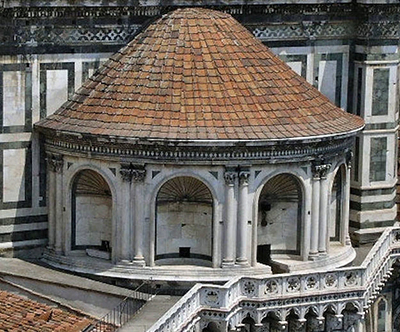
 Filippo Brunelleschi.jpg)
